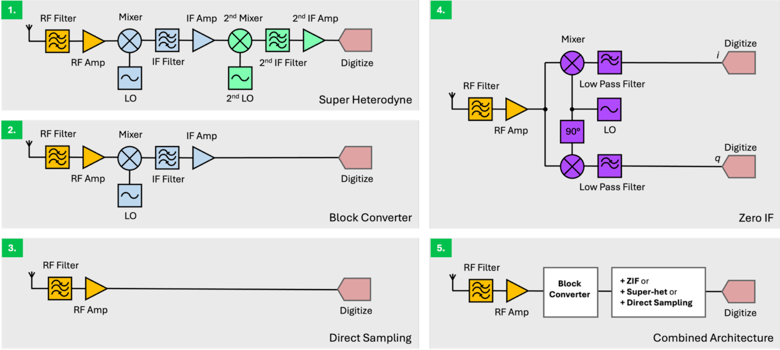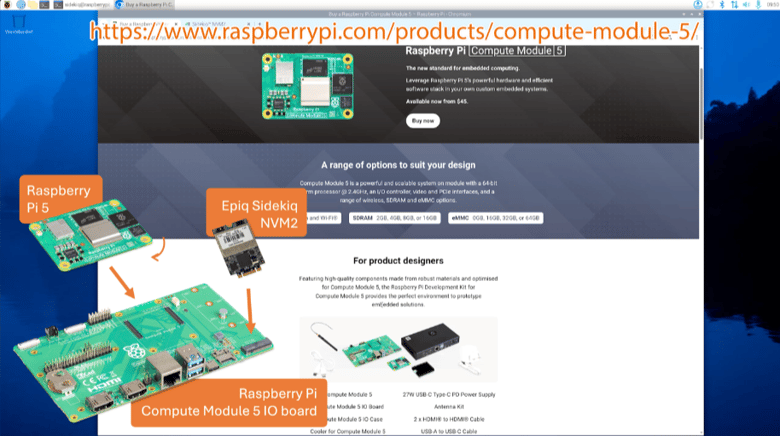10/13/21
- Applications & Platforms
-
Products
Matchstiq™ Z2Small, packaged 6 GHz SDRMatchstiq™ Z3uSmall, packaged 6 GHz SDRMatchstiq™ Z4Low SWaP, Modular 6 GHz SDR PlatformSidekiq™ NV8008 Channel 6 GHz SDRMatchstiq™ X40 (6GHz)GPU-equipped SDRMatchstiq™ X40 (18GHz)GPU-equipped SDRMatchstiq™ G20GPU-equipped SDRMatchstiq™ G40GPU-equipped SDRMatchstiq™ V40Direct-Sampling Multi-GHz Bandwidth SDRNDR318Small, packaged 6 GHz SDRNDR3256 GHz Mod Payload SDRNDR364Small, packaged 6 GHz SDR











 NDR3743U VPX 8 GHz SDRNDR5853U VPX 18 GHz TunerNDR6643U VPX 18 GHz TunerSIDEKIQ™ VPX4003U VPX 6 GHz SDRSIDEKIQ™ VPX4103U VPX 18 GHz Tuner
NDR3743U VPX 8 GHz SDRNDR5853U VPX 18 GHz TunerNDR6643U VPX 18 GHz TunerSIDEKIQ™ VPX4003U VPX 6 GHz SDRSIDEKIQ™ VPX4103U VPX 18 GHz Tuner
.webp?length=400&name=Cyber-Radio-NDR585%20(3).webp)
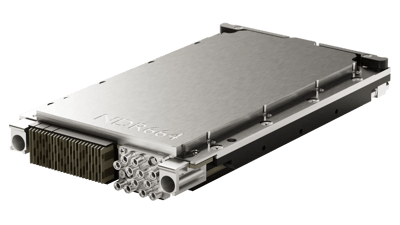

 SIDEKIQ™ M.2Small 6 GHz SDRSIDEKIQ™ Mini PCIESmall 6 GHz SDRSIDEKIQ™ NV100Small 6 GHz SDRSIDEKIQ™ NVM2Small 6 GHz SDRSIDEKIQ™ StretchSmall 6 GHz SDRSIDEKIQ™ X4Small 6 GHz SDRSIDEKIQ™ Z2Small 6 GHz SDR
SIDEKIQ™ M.2Small 6 GHz SDRSIDEKIQ™ Mini PCIESmall 6 GHz SDRSIDEKIQ™ NV100Small 6 GHz SDRSIDEKIQ™ NVM2Small 6 GHz SDRSIDEKIQ™ StretchSmall 6 GHz SDRSIDEKIQ™ X4Small 6 GHz SDRSIDEKIQ™ Z2Small 6 GHz SDR






- About
- Resources
- Support
-
SDR
-
CAPABILITIES
-
SPACE
Products
-
Matchstiq™ Z2
-
Matchstiq™ Z3u
-
Matchstiq™ Z4
-
Sidekiq™ NV800
-
Matchstiq™ X40 (6GHz)
-
Matchstiq™ X40 (18GHz)
-
Matchstiq™ G20
-
Matchstiq™ G40
-
Matchstiq™ V40
-
NDR318
-
NDR325
-
NDR364
PLATFORMS
-
NDR374
-
NDR585
-
NDR664
-
SIDEKIQ™ VPX400
-
SIDEKIQ™ VPX410
SOSA/CMOSS
-
SIDEKIQ™ M.2
-
SIDEKIQ™ Mini PCIE
-
SIDEKIQ™ NV100
-
SIDEKIQ™ NVM2
-
SIDEKIQ™ Stretch
-
SIDEKIQ™ X4
-
SIDEKIQ™ Z2


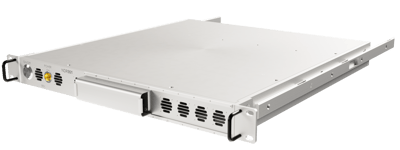
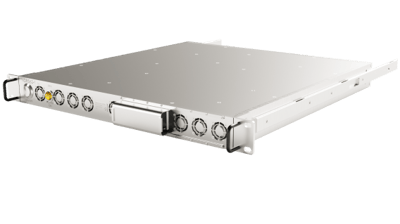


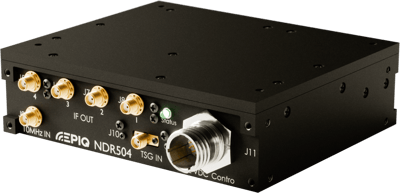


.webp?width=70&height=70&name=Vector%20(1).webp)


